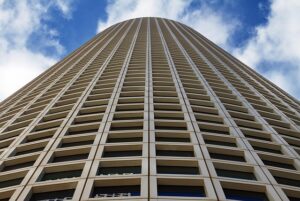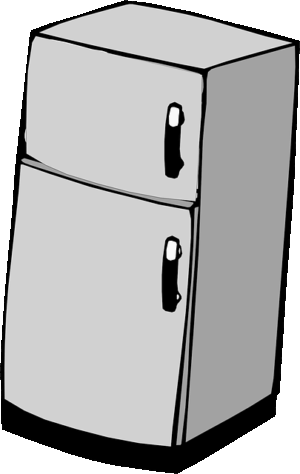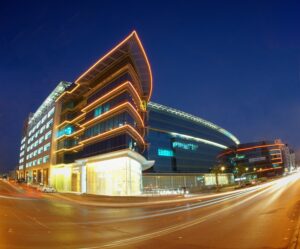Commercial destratification fans optimize temperature and airflow in large spaces like warehouses, offices, and retail stores by circulating cool air from higher ceiling installations, reducing heating costs, and enhancing comfort. Strategically placed with ceiling mounting, these energy-efficient fans promote temperature uniformity, boost productivity, and lower utility bills while prioritizing sustainable operations. To maximize benefits, assess HVAC needs, identify hot spots, determine optimal fan placement, program speeds based on occupancy, and maintain regular cleaning for maximum efficiency.
In today’s eco-conscious business landscape, optimizing warehouse airflow through energy-saving solutions is paramount. Commercial destratification fans emerge as a game-changer in managing temperature and humidity, enhancing operational efficiency while reducing energy costs. This article delves into the world of commercial destratification fans, exploring their role in warehouse airflow management, key benefits, and practical strategies for implementation. By understanding these concepts, businesses can harness the power of efficient destratification to create a cooler, more controlled environment without breaking the bank.
- Understanding Commercial Destratification Fans and Their Role in Warehouse Airflow Management
- Key Benefits of Implementing Energy-Efficient Destratification Fans in Warehouses
- Strategies for Optimizing Warehouse Airflow with Destratification Fans: A Step-by-Step Guide
Understanding Commercial Destratification Fans and Their Role in Warehouse Airflow Management
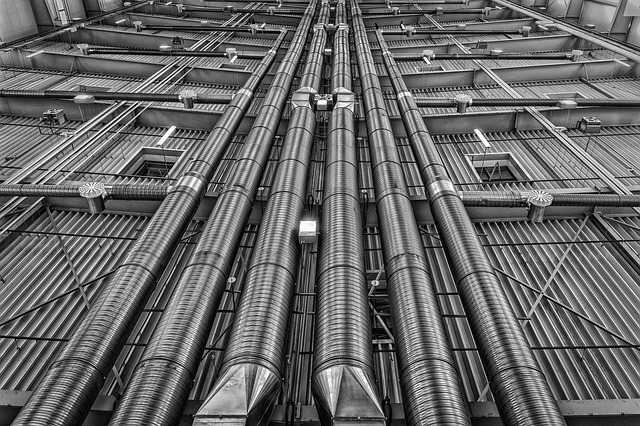
Commercial destratification fans are specialized cooling solutions designed to manage temperature and airflow in large commercial spaces like warehouses, offices, and retail stores. Unlike traditional ceiling fans, these fans are engineered for more than just aesthetic purposes; they play a pivotal role in HVAC optimization, aiming to achieve temperature uniformity across the entire space. Destratification fans are strategically installed in ceilings, typically at higher elevations, to efficiently circulate cool air throughout the building while minimizing energy consumption.
By utilizing destratification fans, businesses can significantly reduce heating cost reduction and enhance workplace comfort for their occupants. The carefully designed blades and powerful motors ensure optimal air circulation systems, preventing hot spots and cold zones commonly found in larger commercial buildings. This not only contributes to improved energy efficiency but also creates a more comfortable environment, boosting productivity and employee satisfaction in office spaces and retail environments alike.
Key Benefits of Implementing Energy-Efficient Destratification Fans in Warehouses

Implementing energy-efficient commercial destratification fans in warehouses offers numerous key benefits. These fans are designed to optimize air circulation systems, promoting temperature uniformity across vast spaces, including industrial, retail stores, and office spaces. By strategically placing them with ceiling installation, they enhance workplace comfort while significantly reducing heating cost reduction, making them a vital component of HVAC optimization.
Compared to traditional airflow methods, commercial destratification fans excel in energy efficiency, ensuring sustainable operations without compromising on air quality. This is particularly advantageous for businesses aiming to create comfortable and productive environments for their employees or customers, while also minimizing environmental impact and utility bills.
Strategies for Optimizing Warehouse Airflow with Destratification Fans: A Step-by-Step Guide
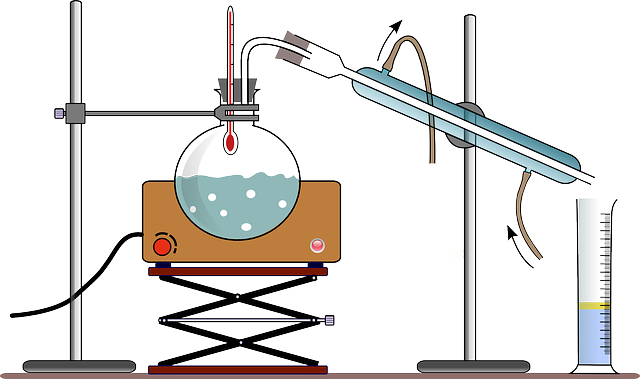
Optimizing warehouse airflow with commercial destratification fans involves a strategic, step-by-step approach for achieving temperature uniformity and enhancing energy efficiency in large spaces like warehouses, retail stores, and office spaces.
First, assess the specific needs of your facility through HVAC optimization. Identify hot spots and cold zones, considering factors such as ceiling installation, air circulation systems, and the layout of the space. Based on this analysis, determine the most effective placement for destratification fans. These fans, installed in the ceiling, circulate cool air evenly throughout the warehouse, minimizing temperature variations. Next, program fan speeds to adjust according to occupancy levels and environmental conditions. This smart control ensures optimal energy usage, as fans can run at lower speeds during quieter periods or when workplace comfort is less critical. Finally, regularly maintain and clean the fans and filters to guarantee maximum efficiency in heating cost reduction and ensuring air quality in commercial buildings.
Commercial destratification fans play a pivotal role in optimizing warehouse airflow, offering significant energy savings without compromising efficiency. By understanding their unique benefits and implementing strategic guidance, warehouses can achieve optimal temperature control, enhance worker comfort, and reduce environmental impact. Investing in energy-efficient destratification fans is a smart step towards a more sustainable future for the logistics industry.

